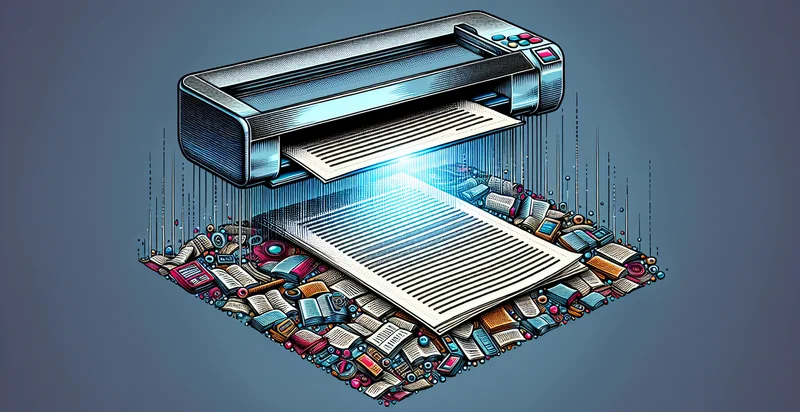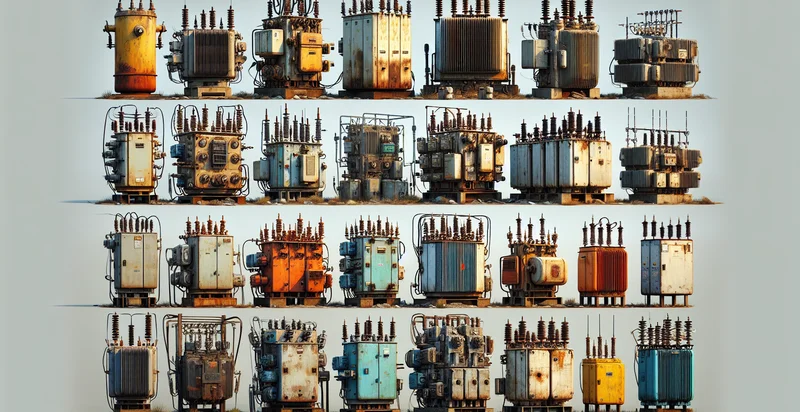Identify scan quality
using AI
Below is a free classifier to identify scan quality. Just upload your image, and our AI will predict the quality of the scan. - in just seconds.

Contact us for API access
Or, use Nyckel to build highly-accurate custom classifiers in just minutes. No PhD required.
Get started
import nyckel
credentials = nyckel.Credentials("YOUR_CLIENT_ID", "YOUR_CLIENT_SECRET")
nyckel.invoke("scan-quality", "your_image_url", credentials)
fetch('https://www.nyckel.com/v1/functions/scan-quality/invoke', {
method: 'POST',
headers: {
'Authorization': 'Bearer ' + 'YOUR_BEARER_TOKEN',
'Content-Type': 'application/json',
},
body: JSON.stringify(
{"data": "your_image_url"}
)
})
.then(response => response.json())
.then(data => console.log(data));
curl -X POST \
-H "Content-Type: application/json" \
-H "Authorization: Bearer YOUR_BEARER_TOKEN" \
-d '{"data": "your_image_url"}' \
https://www.nyckel.com/v1/functions/scan-quality/invoke
How this classifier works
To start, upload your image. Our AI tool will then predict the quality of the scan..
This pretrained image model uses a Nyckel-created dataset and has 8 labels, including Acceptable, Excellent, Fair, Good, Poor, Unacceptable, Very Good and Very Poor.
We'll also show a confidence score (the higher the number, the more confident the AI model is around the quality of the scan.).
Whether you're just curious or building scan quality detection into your application, we hope our classifier proves helpful.
Related Classifiers
Need to identify scan quality at scale?
Get API or Zapier access to this classifier for free. It's perfect for:
- Quality Control in Manufacturing: The false image classification function can be integrated into manufacturing processes to ensure that products meet quality standards. By scanning images of finished goods, it can identify defective items and initiate corrective actions before they reach customers.
- Document Verification for Financial Services: Financial institutions can utilize this function to scan and classify the quality of documents submitted for loans or account verification. This helps in identifying false or tampered documents quickly, thus preventing fraud.
- E-Commerce Product Listings: Online retailers can implement this function to verify the accuracy and authenticity of product images uploaded by sellers. By flagging low-quality or incorrect images, the platform ensures a better shopping experience for consumers.
- Medical Imaging Analysis: In healthcare, this function can assist in analyzing medical images, helping radiologists identify false representations of tissue or organ conditions. By ensuring high-quality images are used, the accuracy of diagnoses and treatment plans can be improved.
- Social Media Content Moderation: Social media platforms can employ this classification function to assess and filter out false or manipulated images that violate community guidelines. This enhances the integrity of the platform and protects users from deceptive or harmful content.
- Automotive Inspection Systems: Automotive service centers can use the false image classification function to inspect vehicle images for quality assurance. By identifying misrepresentations in the condition of vehicles, they can ensure customers receive accurate information prior to purchase or service.
- Surveillance and Security Systems: Security companies can integrate this function into surveillance systems to analyze video feeds and detect false images or altered footage. This aids in preventing misinformation and ensures that security measures are based on reliable visual data.


